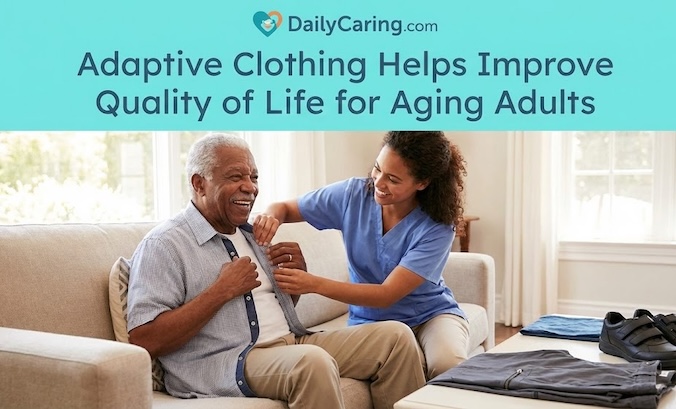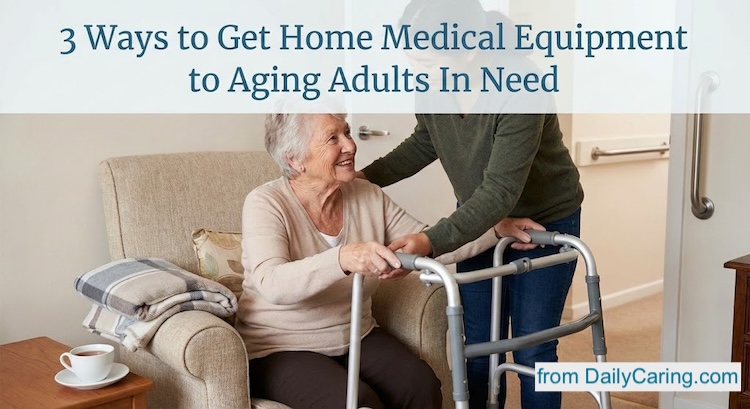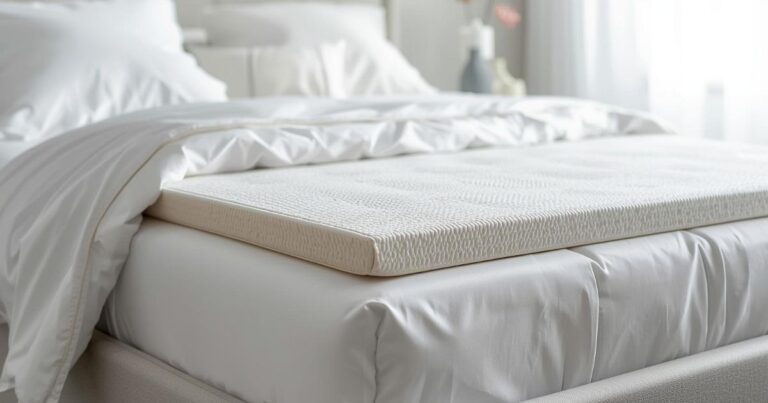What if getting dressed in the morning, a simple act most of us take for granted, could become a source of dignity, independence, and comfort for an aging adult? For many seniors and their caregivers, daily dressing can be a frustrating, exhausting, or even painful challenge due to mobility issues, arthritis, or recovery from illness.
Adaptive clothing is designed to meet these needs, transforming a routine task into an opportunity to enhance well-being. This innovative clothing does more than simplify the process; it actively improves quality of life by restoring confidence, prioritizing safety, and allowing seniors to present themselves to the world with pride.

Discover three powerful ways these thoughtfully designed garments can make a profound difference in the daily lives of older adults and their caregivers.
Many older adults live with chronic conditions or age-related changes that make everyday activities like getting dressed difficult, painful, or impossible to do independently. Joe & Bella share three ways that adaptive clothing for seniors improves quality of life.
Adaptive clothing is designed for comfort and easy dressing
With age, mobility and comfort become increasingly important when getting dressed.
Often, older adults live with age-related changes that affect mobility and dexterity, or with a chronic condition that can impair their ability to dress.
Whether it’s Parkinson’s, ALS, dementia, or recovery from a stroke or medical procedure, there are many reasons why older adults would benefit from using adaptive clothing.
Traditional clothing can be challenging to put on, uncomfortable to wear for extended periods, or hazardous if it restricts movement or balance.
For older adults who experience these challenges, adaptive clothing can be a game-changer.
Adaptive clothing is designed with these specific needs in mind, making it safer, more comfortable, and easier to put on and take off clothes.
Adaptive clothing is available in a variety of styles, from casual to formal, so older adults can feel comfortable and confident for any occasion.
Here, we share three ways adaptive clothing for seniors improves quality of life: enhanced mobility and comfort, maintenance of independence and dignity, and improved health and safety.
3 Ways Adaptive Clothing Can Improve the Quality of Life for Aging Adults
1. Adaptive clothing can improve mobility and comfort for aging adults
For people with mobility limitations, getting dressed can be a frustrating and exhausting experience.
Traditional clothing often requires multiple steps, buttons, laces, and squeezing arms and head into small openings. This can be difficult to manage when mobility or dexterity is limited.
Adaptive clothing is designed with these challenges in mind, featuring easy-to-use fasteners and closures that make dressing much easier.
For example, some adaptive clothing has magnetic closures, which are helpful for people with arthritis, limited dexterity, tremors, and even limited vision. These closures allow them to fasten and unfasten clothing without struggling with buttons.
Comfort is also a significant concern for older adults, especially those with skin sensitivities or chronic conditions like arthritis.
Many traditional clothing items are made from materials that can be stiff, itchy, or restrictive, making them uncomfortable to wear for long periods.
Adaptive clothing is typically made from soft, flexible fabrics that promote ease of movement and prevent skin irritation.
2. Adaptive clothing can help maintain independence and dignity for seniors
Older adults who need help getting dressed may feel a loss of dignity and independence.
Adaptive clothing is designed to promote independence, making it easier for some people to dress themselves without assistance.
In addition, adaptive clothing can help seniors maintain their dignity.
Some adaptive clothing brands are designed to fit well and look stylish, helping seniors feel good about their appearance.
Being able to wear the clothes they like and have always worn is especially important to people who are living with dementia or other cognitive impairments.
This might be more important than you may think. There’s also a psychological benefit to adaptive clothing.
When older adults wear clothing they feel comfortable and confident in, it can significantly improve their self-esteem and mood.
Especially as older adults are forced to give up other aspects of their identity – their family home, driving, and participation in many of their favorite activities – their clothes become an even more critical means of presenting themselves to the world.
3. Adaptive clothing can add a layer of safety for your loved ones
Adaptive clothing can also provide numerous health and safety benefits for older adults.
For example, well-fitting anti-slip footwear can help prevent falls by providing better grip and stability.
Open-back and side-opening garments are easier to put on and take off, reducing the risk of injury and aggravating existing conditions.
Elastic waistbands and adjustable straps can accommodate weight fluctuations, preventing discomfort and skin irritation.
Adaptive clothing can also be designed to accommodate medical devices such as feeding tubes, catheters, and incontinence products without sacrificing style or comfort. This is especially important for seniors who require daily medical care.
Final Thoughts on Adaptive Clothing for Aging Adults
Choosing adaptive clothing is about more than selecting a convenient garment; it’s a meaningful decision that supports an older adult’s overall well-being and sense of self. By enhancing comfort, preserving independence, and safeguarding health, these specialized clothes offer a simple yet revolutionary tool to improve everyday life.
Adaptive clothing can empower seniors to face the day with greater ease and confidence, turning a potential struggle into an act of self-care and personal expression. For caregivers, it provides the priceless gift of a smoother, less stressful routine and the joy of seeing a loved one regain their dignity.
By embracing adaptive clothing, we honor the individual by ensuring that style, comfort, and ease can coexist beautifully at every stage of life.
Recommended for you:
- 10 Simple Dressing Aids Help Seniors Stay Independent
- 8 Arthritis Dressing Tips Make Life Easier for Seniors
- Adaptive Shoes for Seniors Increase Safety and Mobility
Guest contributor: Joe & Bella is the first contemporary adaptive-apparel brand for older adults. We make stylish, comfortable clothes that balance form and function, making dressing easier, stress-free, and more dignified. Our mission is to bring more dignity, joy, and ease to the lives of older adults and those who care for them, and, in doing so, help them rediscover and express their identities through what they wear.












